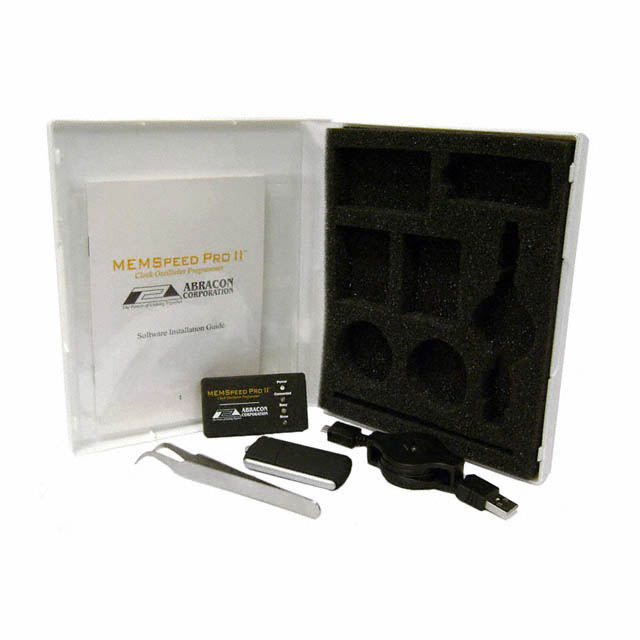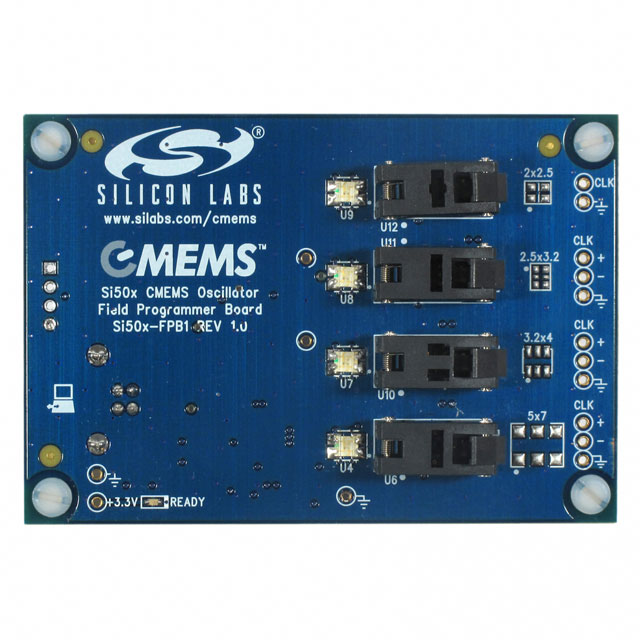

- RFQ
- BOM
-
Contact Us
Tel: +86-0755-83501315
Email: sales@sic-components.com
- Chinese
- English
- French
- German
- Portuguese
- Spanish
- Russian
- Japanese
- Korean
- Arabic
- Irish
- Greek
- Turkish
- Italian
- Danish
- Romanian
- Indonesian
- Czech
- Afrikaans
- Swedish
- Polish
- Basque
- Catalan
- Esperanto
- Hindi
- Lao
- Albanian
- Amharic
- Armenian
- Azerbaijani
- Belarusian
- Bengali
- Bosnian
- Bulgarian
- Cebuano
- Chichewa
- Corsican
- Croatian
- Dutch
- Estonian
- Filipino
- Finnish
- Frisian
- Galician
- Georgian
- Gujarati
- Haitian
- Hausa
- Hawaiian
- Hebrew
- Hmong
- Hungarian
- Icelandic
- Igbo
- Javanese
- Kannada
- Kazakh
- Khmer
- Kurdish
- Kyrgyz
- Latin
- Latvian
- Lithuanian
- Luxembou..
- Macedonian
- Malagasy
- Malay
- Malayalam
- Maltese
- Maori
- Marathi
- Mongolian
- Burmese
- Nepali
- Norwegian
- Pashto
- Persian
- Punjabi
- Serbian
- Sesotho
- Sinhala
- Slovak
- Slovenian
- Somali
- Samoan
- Scots Gaelic
- Shona
- Sindhi
- Sundanese
- Swahili
- Tajik
- Tamil
- Telugu
- Thai
- Ukrainian
- Urdu
- Uzbek
- Vietnamese
- Welsh
- Xhosa
- Yiddish
- Yoruba
- Zulu
- Kinyarwanda
- Tatar
- Oriya
- Turkmen
- Uyghur
Hard To Find Electronic Components
In the fast-paced and ever-evolving world of electronics, the hunt for hard-to-find components has become a common and often arduous task. Whether you're a hobbyist working on a pet project, a technician maintaining critical equipment, or an engineer developing cutting-edge products, the struggle to source these elusive parts can be a significant hurdle. This article delves deep into the reasons behind the scarcity of certain electronic components, the challenges faced in procuring them, and effective strategies to overcome these obstacles. https://www.sic-components.com/category-all?lan=en
The Landscape of Hard-to-Find Components https://www.sic-components.com/category-all?lan=en
Hard-to-find electronic components encompass a wide range of items. These can include obsolete parts that have been phased out of production as technology marches forward. For example, older integrated circuits (ICs) that were once the backbone of many devices but are no longer manufactured due to the development of more advanced and efficient alternatives. Another category consists of components that are in extremely high demand globally, causing shortages across the board. Multilayer ceramic capacitors (MLCCs) have been notorious for their scarcity in recent years. These tiny but essential components are used in vast quantities in everything from smartphones and laptops to automotive electronics and industrial equipment.
Components that are specialized or custom-made for specific applications also fall into the hard-to-find category. For instance, unique sensors designed for a particular aerospace or medical device application may not be readily available on the open market.
Reasons for the Elusiveness https://www.sic-components.com/category-all?lan=en
Technological Obsolescence
The electronics industry is characterized by an incredibly rapid pace of innovation. New and improved components are constantly being developed, rendering older ones obsolete. Manufacturers often discontinue the production of older parts to focus their resources on the latest and most marketable technologies. As a result, finding parts for legacy systems or products that rely on older technology can become a herculean task. For example, as the shift from 4G to 5G technology in the telecommunications industry accelerates, components related to 4G infrastructure are gradually being phased out, making it difficult for companies still operating 4G networks to find replacement parts.
Short Product Lifecycles
Electronic products today have significantly shorter lifecycles compared to the past. A product typically goes through four stages: introduction, growth, maturity, and decline. With the quick pace of technological advancement, the time between these stages has been compressed. In the introduction phase, new components are developed and brought to market. As the product enters the growth and maturity stages, demand spikes. However, as soon as newer and better products start to emerge, the existing product enters the decline phase. At this point, manufacturers may stop producing the components for the older product, leaving those who still need to maintain or repair such products scrambling to find the necessary parts.
Supply Chain Disruptions
The global supply chain for electronic components is complex and highly interconnected. Any disruption along the chain can have far-reaching consequences. Natural disasters, such as earthquakes, floods, or tsunamis, can damage manufacturing facilities. For example, a major earthquake in Japan, a hub for semiconductor manufacturing, can disrupt the production of key components, leading to shortages worldwide. Geopolitical tensions, like trade disputes between major economies, can also impact the supply chain. Tariffs and trade restrictions can make it more expensive or difficult for manufacturers to source components from certain regions. Additionally, the COVID-19 pandemic highlighted the vulnerability of the supply chain. Lockdowns and restrictions around the world led to factory closures, transportation bottlenecks, and a sudden surge in demand for certain electronics (such as laptops and home office equipment), creating severe shortages of components.
High Market Demand
The increasing demand for electronic devices across various industries is another major factor contributing to the scarcity of components. The consumer electronics market, with its insatiable appetite for the latest smartphones, tablets, and wearables, consumes a vast number of components. The automotive industry's shift towards electric and autonomous vehicles has also significantly increased the demand for specialized components like high-capacity batteries, advanced sensors, and powerful microcontrollers. Industrial automation, with the rise of the Internet of Things (IoT) in factories, requires a large number of sensors, actuators, and communication modules. The combined effect of these booming industries is a situation where the demand for many components far outstrips the available supply.
Challenges in Sourcing Hard-to-Find Components https://www.sic-components.com/category-all?lan=en
Limited Availability
The most obvious challenge is the simple fact that hard-to-find components are, well, hard to find. They may not be stocked by regular distributors, or if they are, the quantities available are extremely limited. This scarcity can lead to long lead times, sometimes stretching to months or even years, especially for components that need to be custom-manufactured or sourced from a dwindling supply of old stock.
High Costs
When components are in short supply, the law of supply and demand kicks in, driving up prices. Hard-to-find components can become extremely expensive, sometimes costing several times their original price. This not only impacts the budget of projects but can also make it economically unviable to continue with certain product lines or repairs. Additionally, the cost of sourcing these components may include additional fees for services like expedited shipping, special handling, or the cost of engaging a specialized sourcing agent.
Counterfeit Risks
In the desperate search for hard-to-find components, the market becomes vulnerable to counterfeiting. Counterfeit electronic components can be of substandard quality, and their use can lead to serious problems in electronic systems, including malfunctions, reduced performance, and even safety hazards. Identifying counterfeit components can be extremely difficult, as they may be designed to look identical to the genuine ones. They may lack the proper testing and quality control measures, and their performance may not meet the required specifications.
Technical Compatibility
Finding a component that is not only available but also technically compatible with the existing system can be a challenge. Even if a replacement part is found, it may have different electrical characteristics, form factors, or interfaces than the original component. Ensuring that the new component can be seamlessly integrated into the system without requiring major design changes or modifications is crucial but often difficult to achieve.
Strategies for Sourcing Hard-to-Find Components https://www.sic-components.com/category-all?lan=en
Thorough Research
The first step in the search for hard-to-find components is conducting comprehensive research. Online forums and communities dedicated to electronics enthusiasts and professionals can be a goldmine of information. Engaging with fellow members, sharing your component requirements, and seeking advice can lead to valuable leads. Specialized websites that focus on hard-to-find electronics. Thier components from over 5000 authorized manufacturers, can also be extremely helpful. These platforms often have extensive databases and search tools to narrow down the search based on specific criteria like part numbers, specifications, or application requirements.
Utilize Specialized Online Marketplaces
There are several online marketplaces that cater specifically to electronic components. Platforms like SIC(https://www.sic-components.com)aggregate inventories from multiple distributors, manufacturers, and sellers. They offer advanced search filters, allowing users to search for components based on detailed specifications, part numbers, or even physical dimensions. These marketplaces also often provide information on pricing, availability, and lead times from different sources, enabling buyers to make informed decisions.
Engage with Reputable Distributors
Reaching out to well-established electronic component distributors can be a smart move. Some distributors, such as SIC (sales@sic-components.com), specialize in sourcing hard-to-find and obsolete components. They have extensive networks and relationships with manufacturers and other suppliers, which they can leverage to track down elusive parts. Communicating your specific requirements clearly and providing as much detail as possible about the component you need will increase the chances of a successful search.
Consider Salvage and Surplus Electronics
Salvage yards, surplus stores, and electronic recycling centers can be unexpected sources of hard-to-find components. These places often contain discarded electronics that may still have functional components. For example, old computers, servers, or industrial equipment can be a treasure trove of parts like hard drives, memory modules, and power supplies. Salvaging components from such sources not only helps in finding rare parts but also promotes environmental sustainability by reducing electronic waste.
Contact Manufacturers and Authorized Resellers
The original component manufacturers or their authorized resellers are another important resource. They have in-depth knowledge of their product lines and may have stock of the hard-to-find component or be able to suggest suitable alternatives. Visiting the manufacturer's official website, exploring their product documentation, and reaching out to their customer support can provide valuable insights and potential leads. In some cases, manufacturers may be willing to reintroduce a component into production or offer customization options to meet your specific needs.
Monitor Online Auctions and Classifieds
Online auction platforms and classified websites can sometimes yield hard-to-find components. Sellers may list rare or surplus electronic components for auction or sale. Setting up alerts or notifications for specific keywords related to the component you're searching for can help you stay informed about relevant listings. However, when purchasing from such sources, it's important to exercise caution and verify the authenticity and condition of the component before making a purchase.
Explore Custom Manufacturing and Fabrication
In cases where a component is truly obsolete or unavailable, custom manufacturing or fabrication can be a viable option. Contracting with specialized manufacturers or fabrication services that have the expertise and capabilities to reproduce the component can be a solution. This option may be more expensive and time-consuming compared to sourcing an off-the-shelf component, but it can be the only way to obtain a critical part for a project.
Leverage Local Electronics Stores and Workshops
Don't overlook the potential of local electronics stores and workshops. Paying them a visit and consulting with their staff can sometimes lead to unexpected discoveries. They may have old stock in their inventory that could meet your needs or be aware of other local resources or collectors who might have the component you're looking for. Building relationships with local electronics businesses can also be beneficial for future component sourcing needs.
In conclusion, while the search for hard-to-find electronic components can be challenging, with the right strategies, resources, and perseverance, it is possible to overcome these obstacles. By understanding the reasons behind the scarcity, being aware of the challenges, and implementing effective sourcing strategies, hobbyists, technicians, and engineers can continue to bring their electronic projects to life and keep critical systems running smoothly.
https://www.sic-components.com/category-all?lan=en

Hot Products
View MoreRelated Blogs

2000+
Daily average RFQ Volume

30,000,000
Standard Product Unit

2800+
Worldwide Manufacturers

15,000 m2
In-stock Warehouse





















 Wishlist (0 Items)
Wishlist (0 Items)